menu




TCLC emerged from conversations with students, staff, and community members from 2021 to 2023. The feedback overwhelming necessitated a shift in school practices:
"Because I feel like when we're just working by ourselves and just sitting at a desk, we're inactive so we don't want to do the work. Whereas if we go outside and work together and we'd actually do the work more."
"And [preferably] classes are a little bit less like, 'Okay, we have to take all of this and spit it all back out.' It’s more about actually retaining information than just performance."
"So having the grade mostly depend on the test is really frustrating because you know it and you can show you know it any other time. But when you're on the test, it’s very like 'oh I have no idea what's going on.'
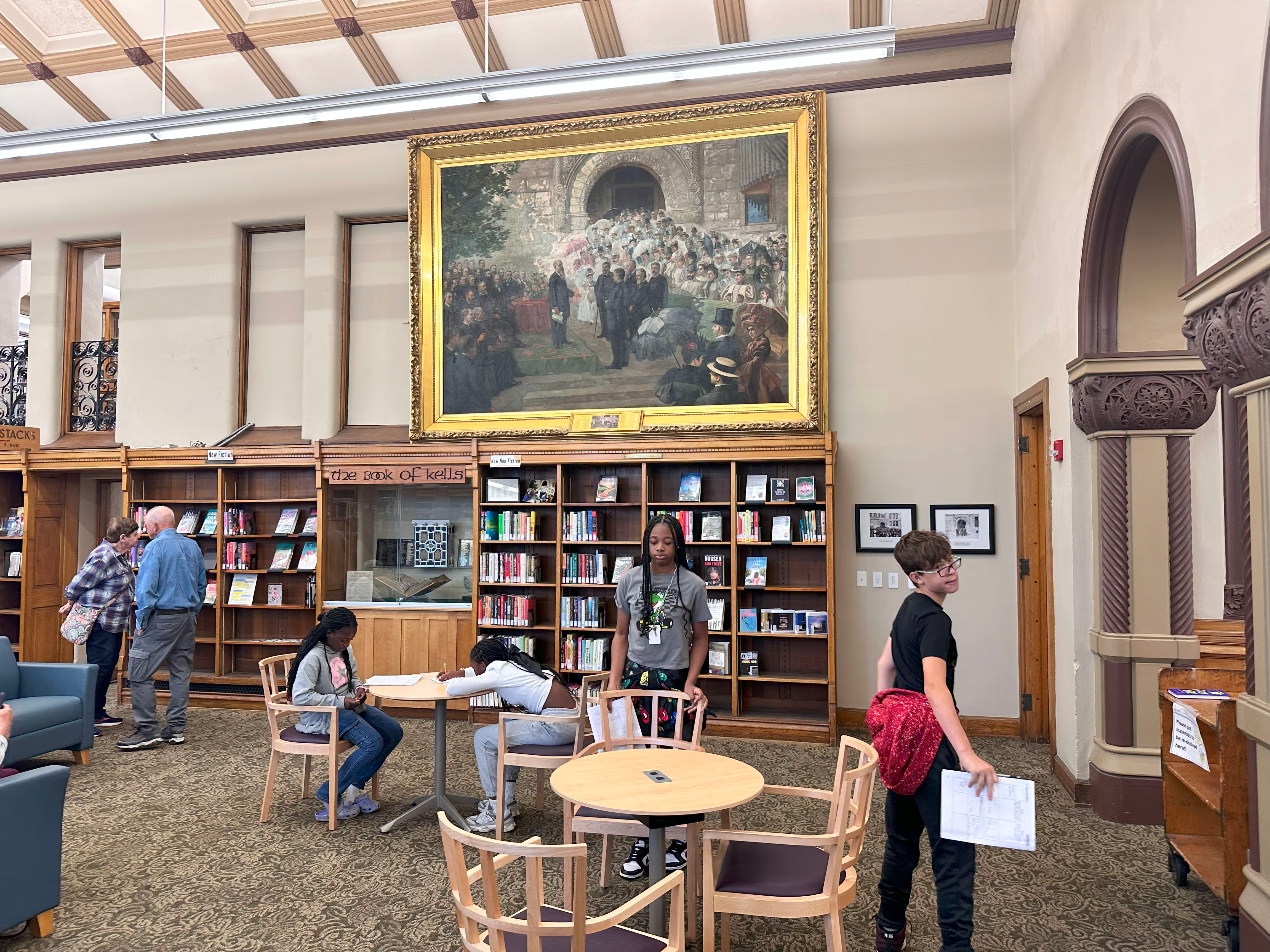

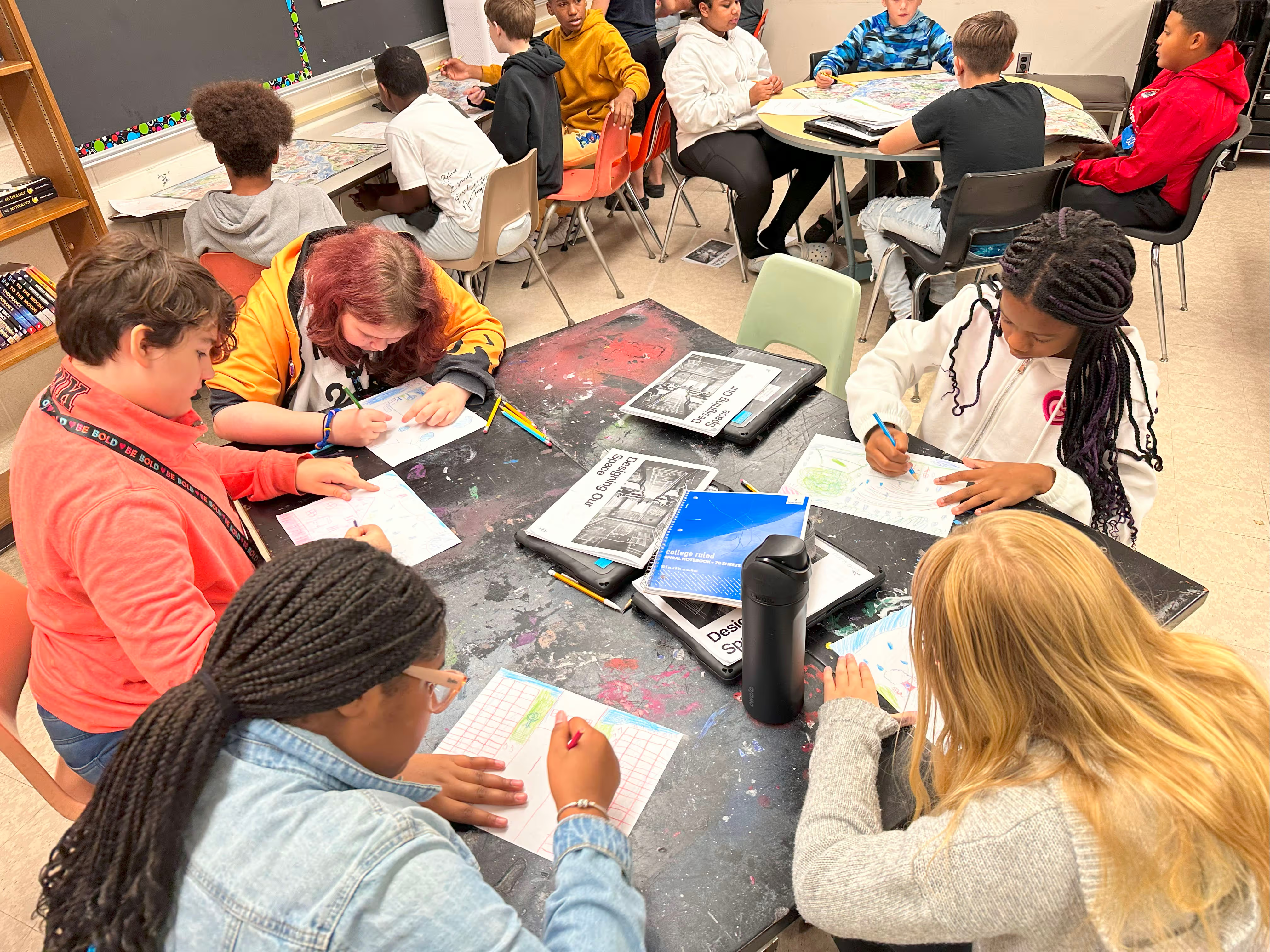

In the largest survey of its kind, a 2016 national survey of over 900,000 students in grades 5-12 found that a majority of students hit an “engagement cliff” in middle school and never recover: two-thirds of students are either not engaged or “actively disengaged” by the time they reach senior year. This data is similar across Western Michigan today.
TCLC directly addresses what it look like that responded to this data about student engagement the same way schools typically address standardized test scores: building hands-on, community driven interdisciplinary projects that young people care about.
.avif)
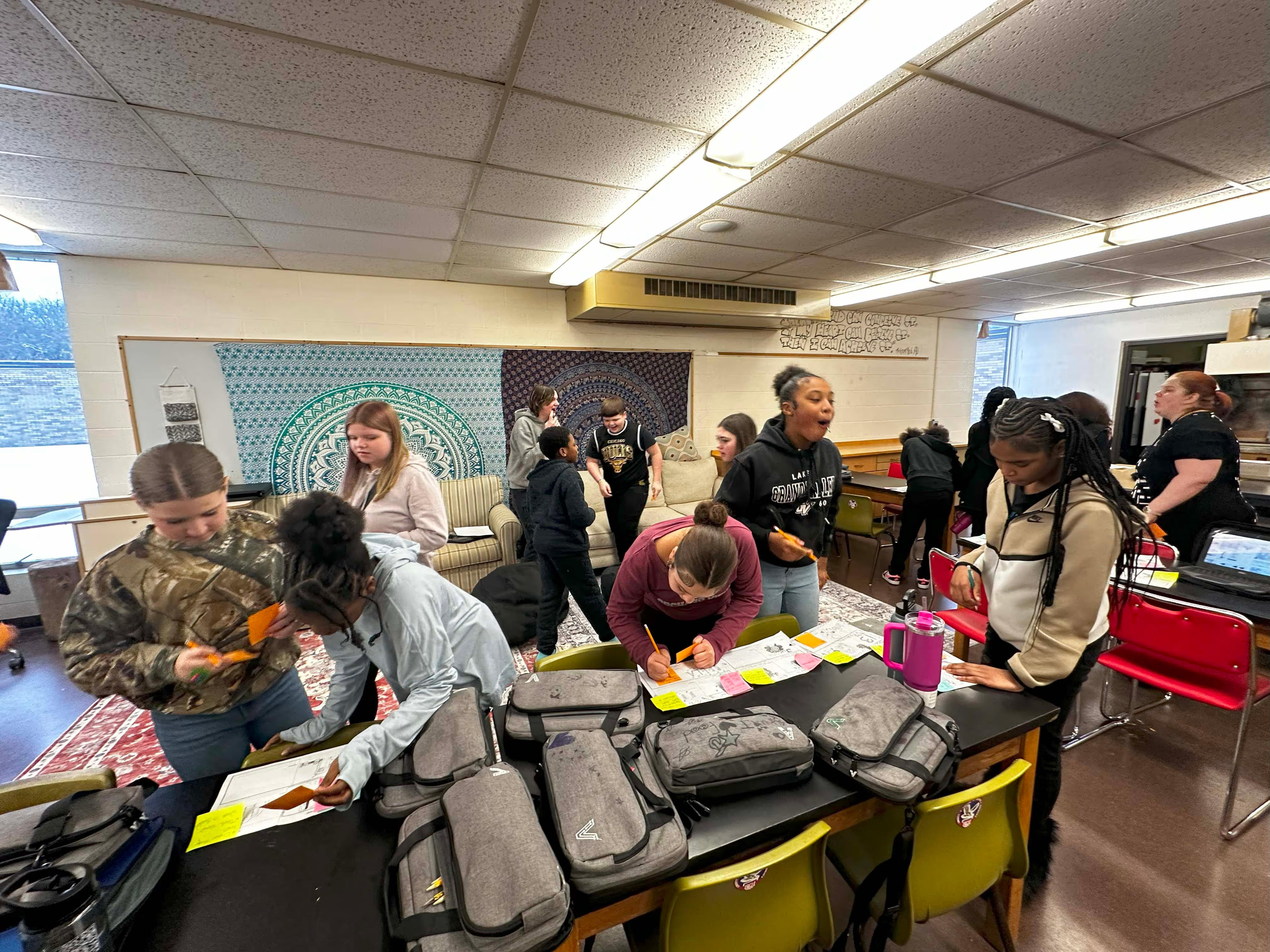
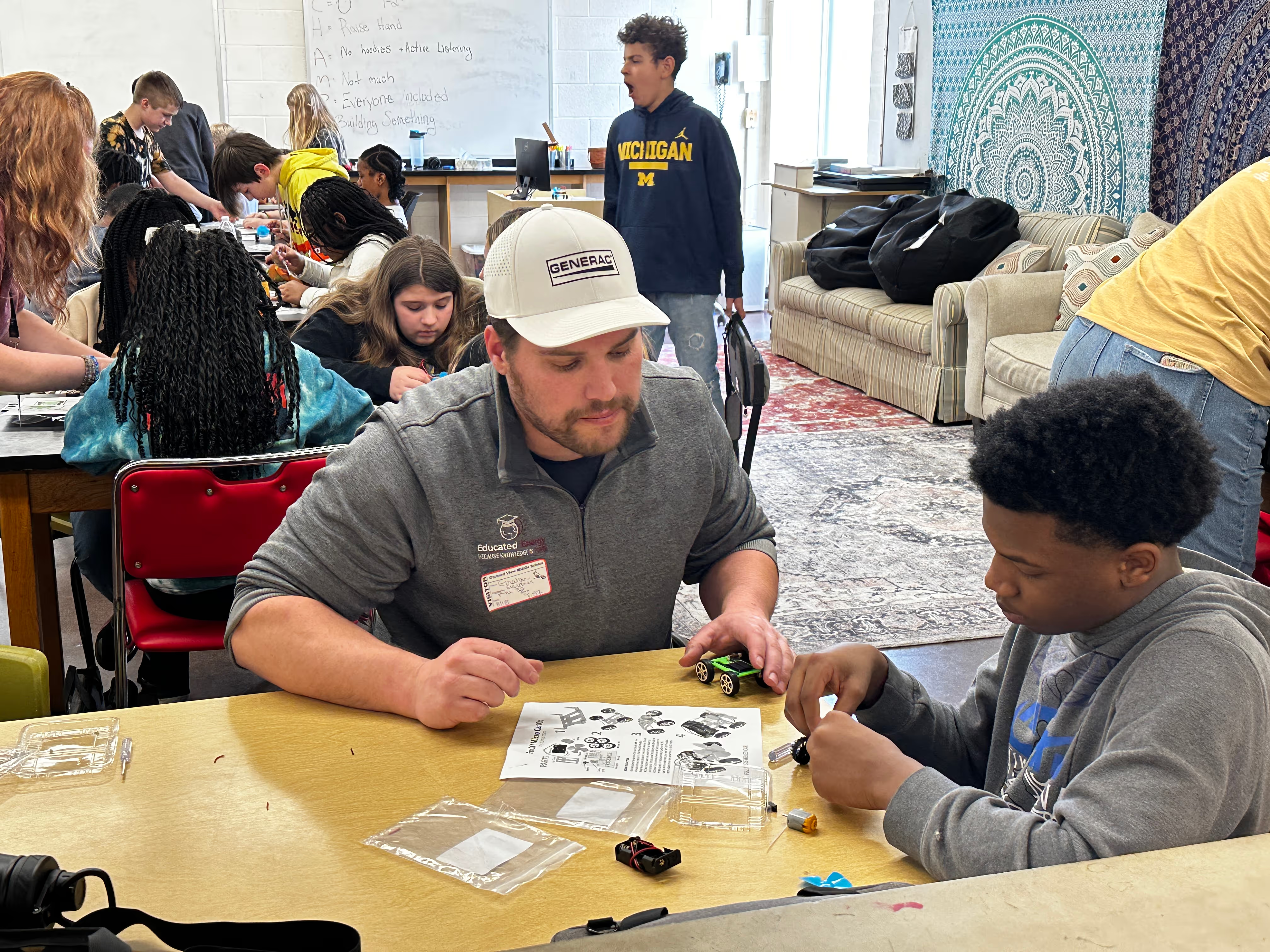

TCLC directly fosters skills essential for a thriving world. It places a strong emphasis on autonomy, competence, and relatedness, which are known to promote student well-being and academic success. It emphasizes the importance of student voice and provides support to learners, particularly those at the margins.
TCLC offers opportunities for young people to critically think about solutions to ever-growing problems in our changing world, as well as career-driven discovery and partnerships with local community colleges to ensure that students have access to post-secondary opportunities.
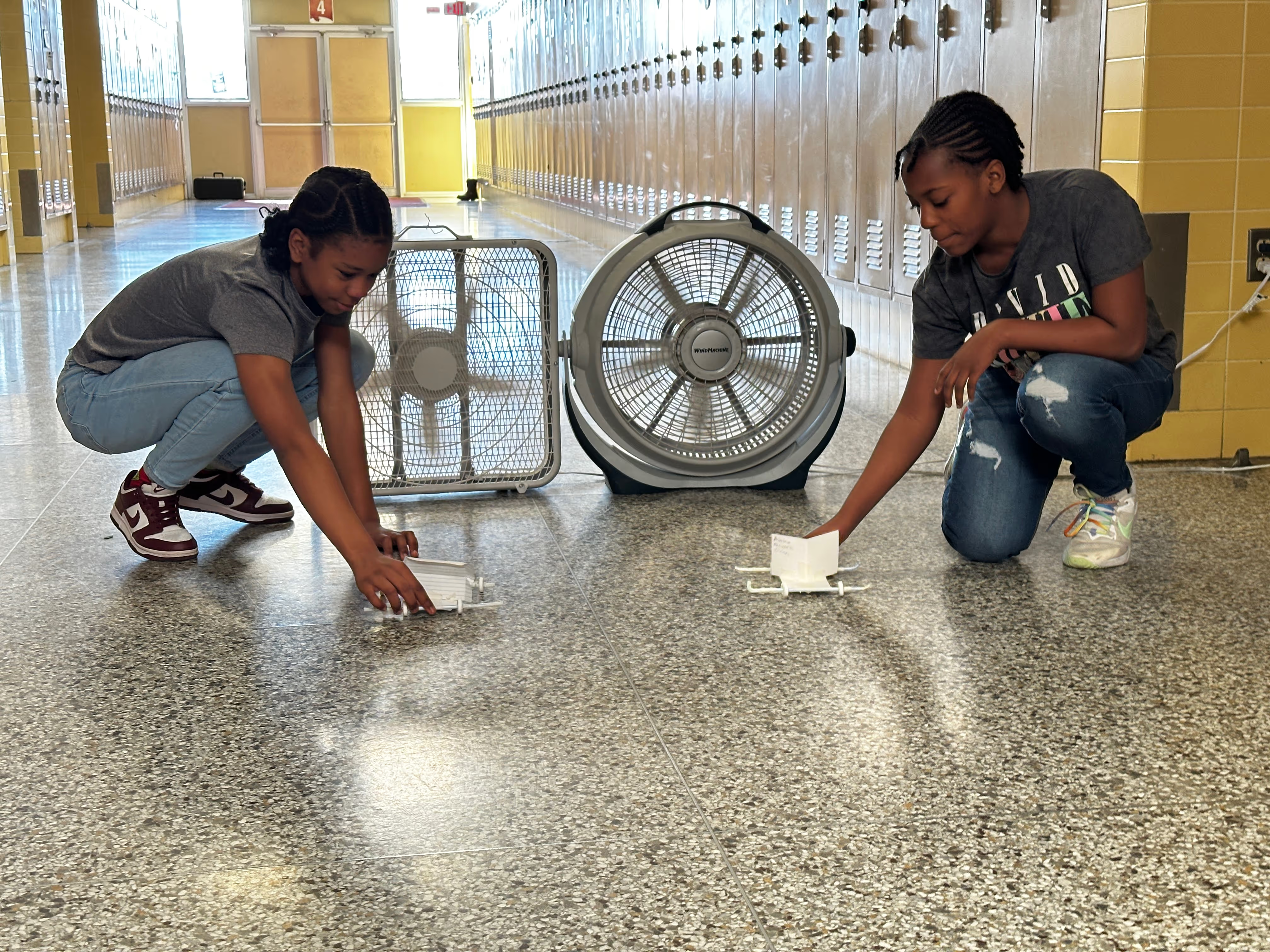
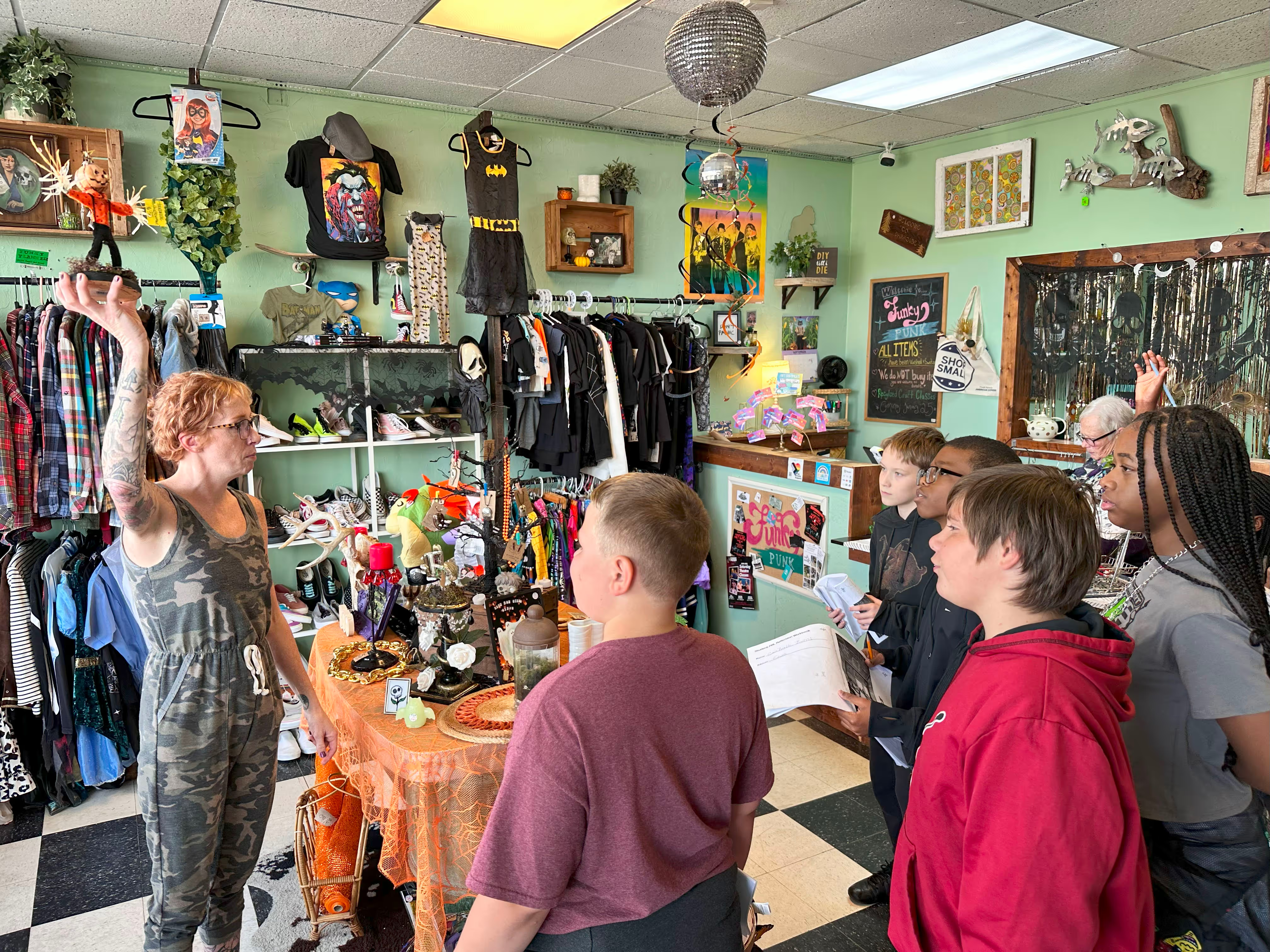
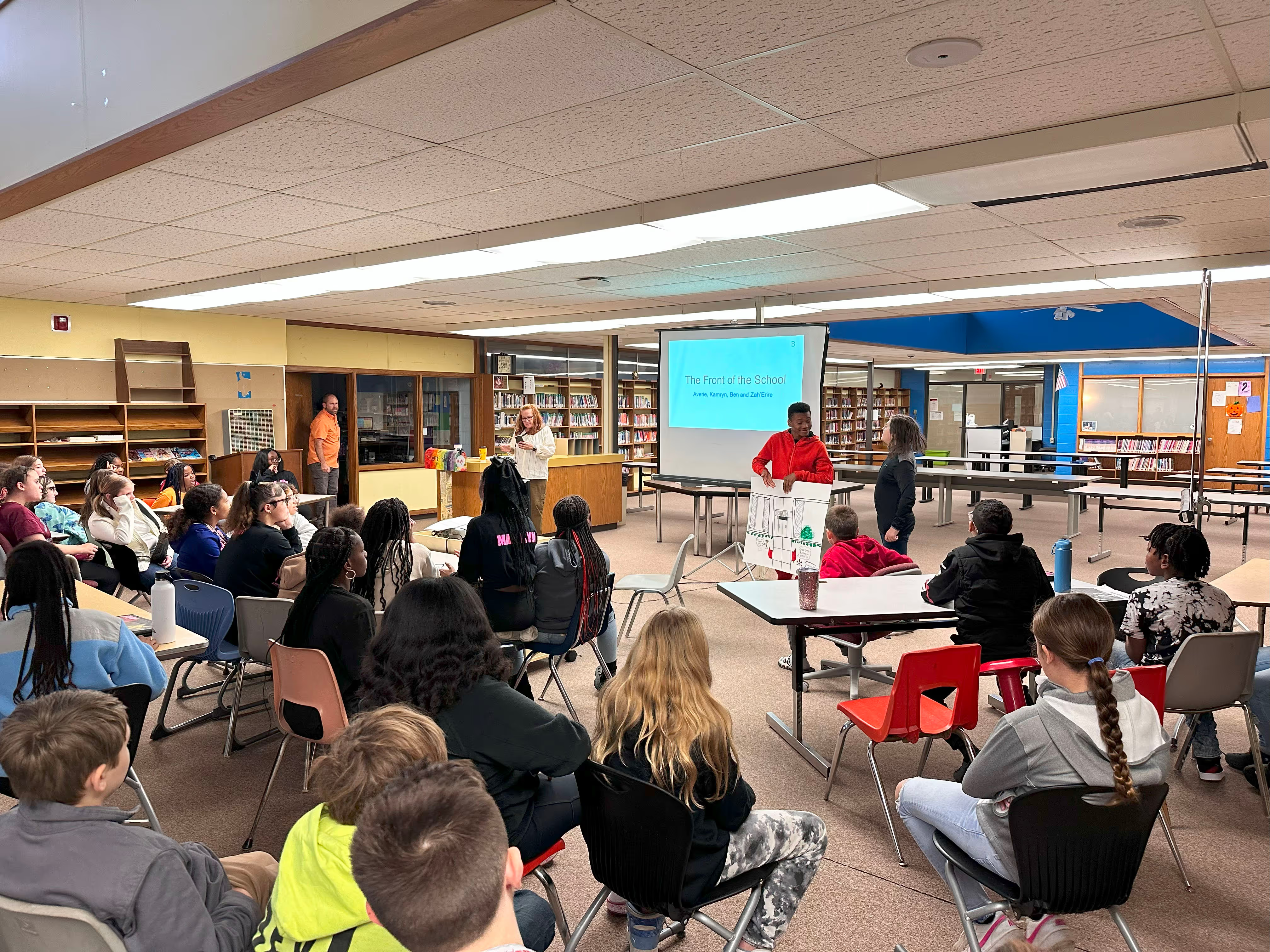

Although TCLC students still receive traditional grades and standardized tests, much of this model reframes assessment not as the "endpoint" of learning, but as a continuation on a pathway toward mastery. This means that students are offered multiple means of assessment and "showing what they know", and that all learning is iterative. As in, students have multiple chances to improve on their knowledge: allowing students time to actually comprehend what they're learning and then expand on this knowledge toward passion and purpose-finding.
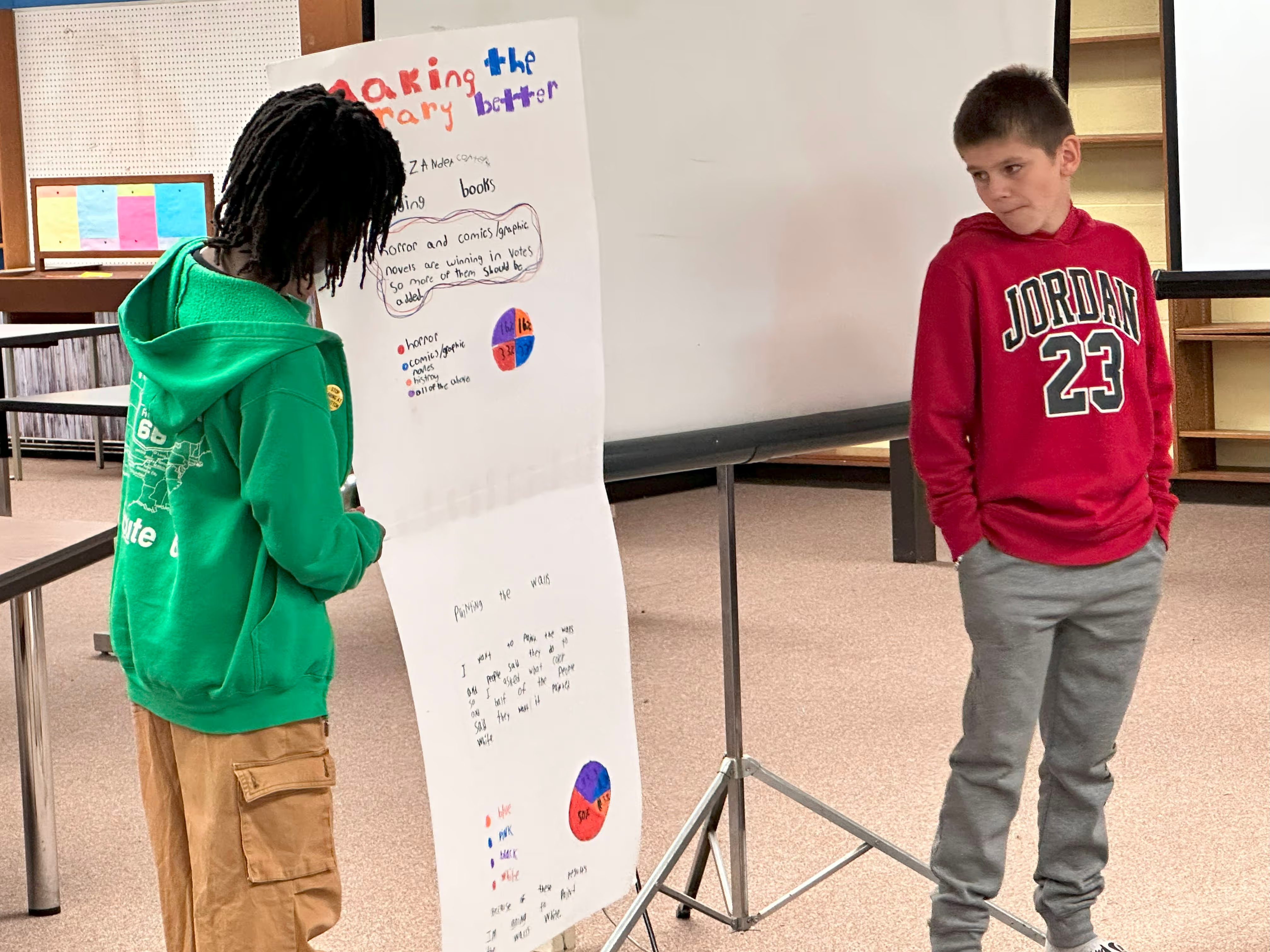

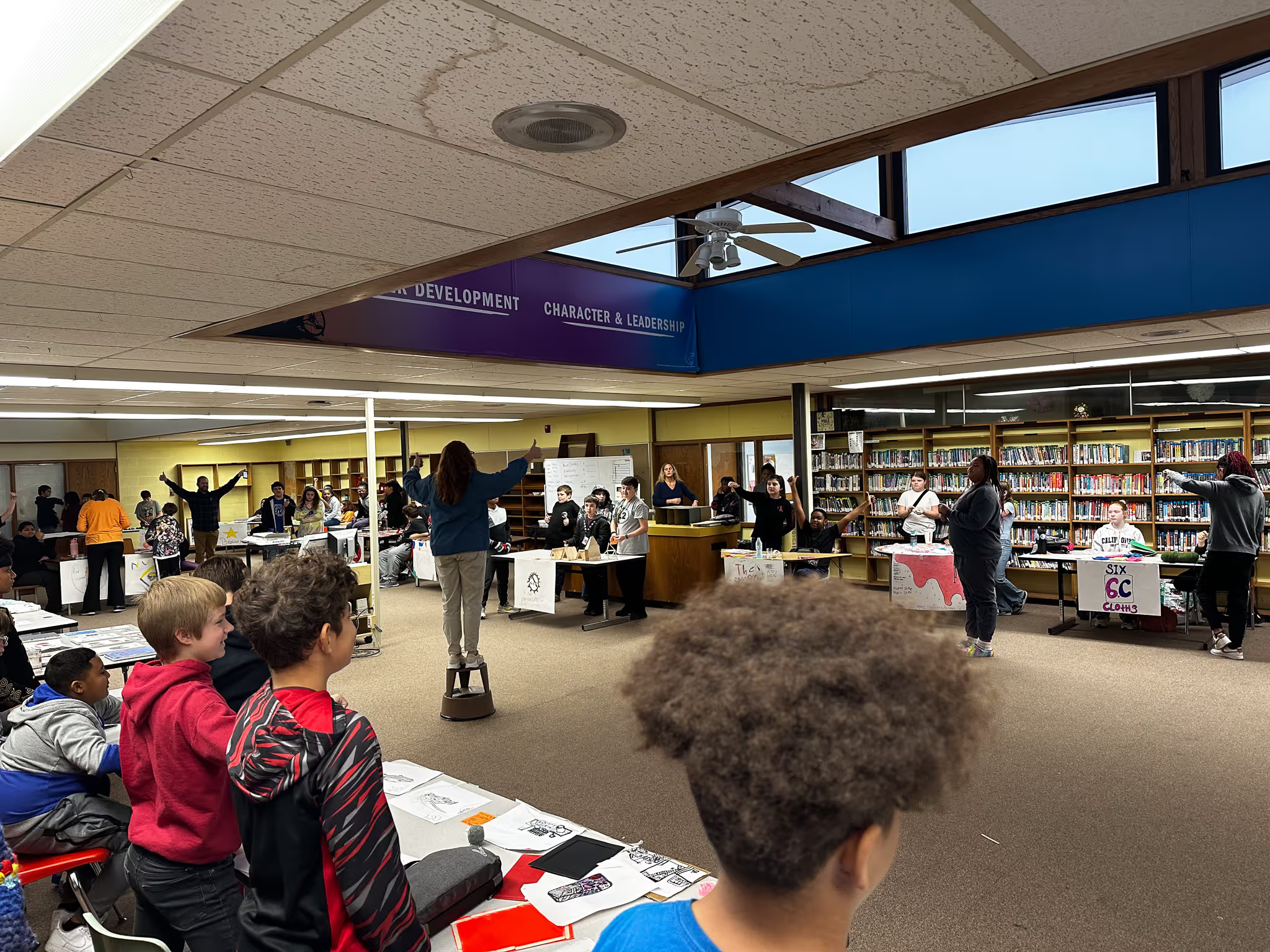

TCLC is a formal randomized control trial being studied by RAND. The study directly compares students in a "school within a school" model in multiple West Michigan public schools versus the "control"; where we are capturing student engagement, well-being, and academic data.
We suggest that students in TCLC will show higher engagement in school, have better relationships with teachers and peers, experience greater academic achievement, improved psychological well-being, reduced absenteeism, and fewer behavioral and emotional problems compared to students in traditional middle school models.
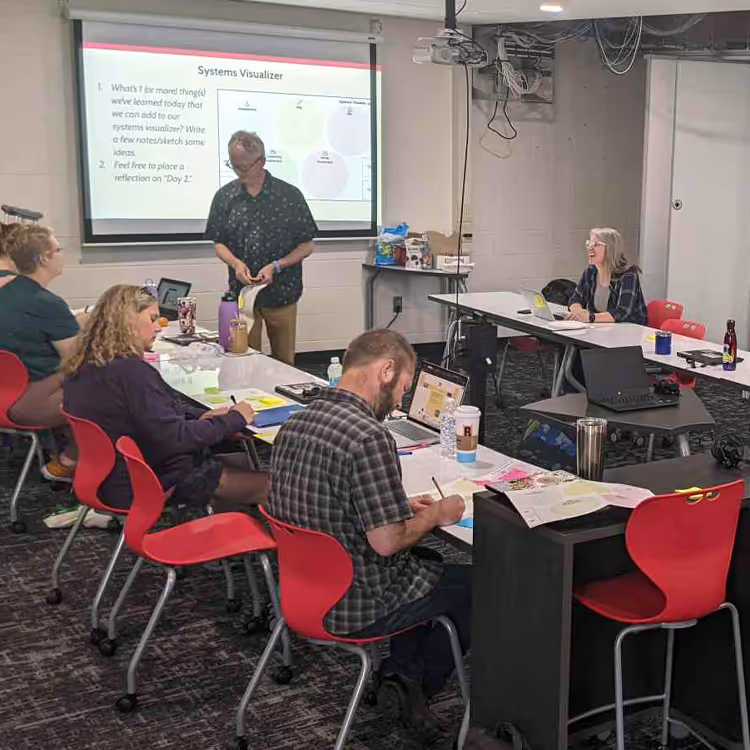
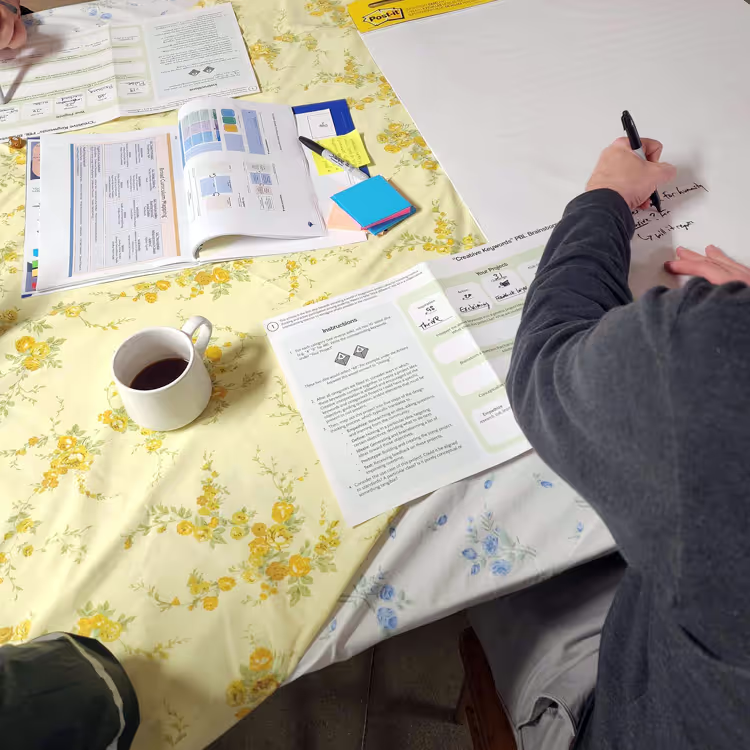
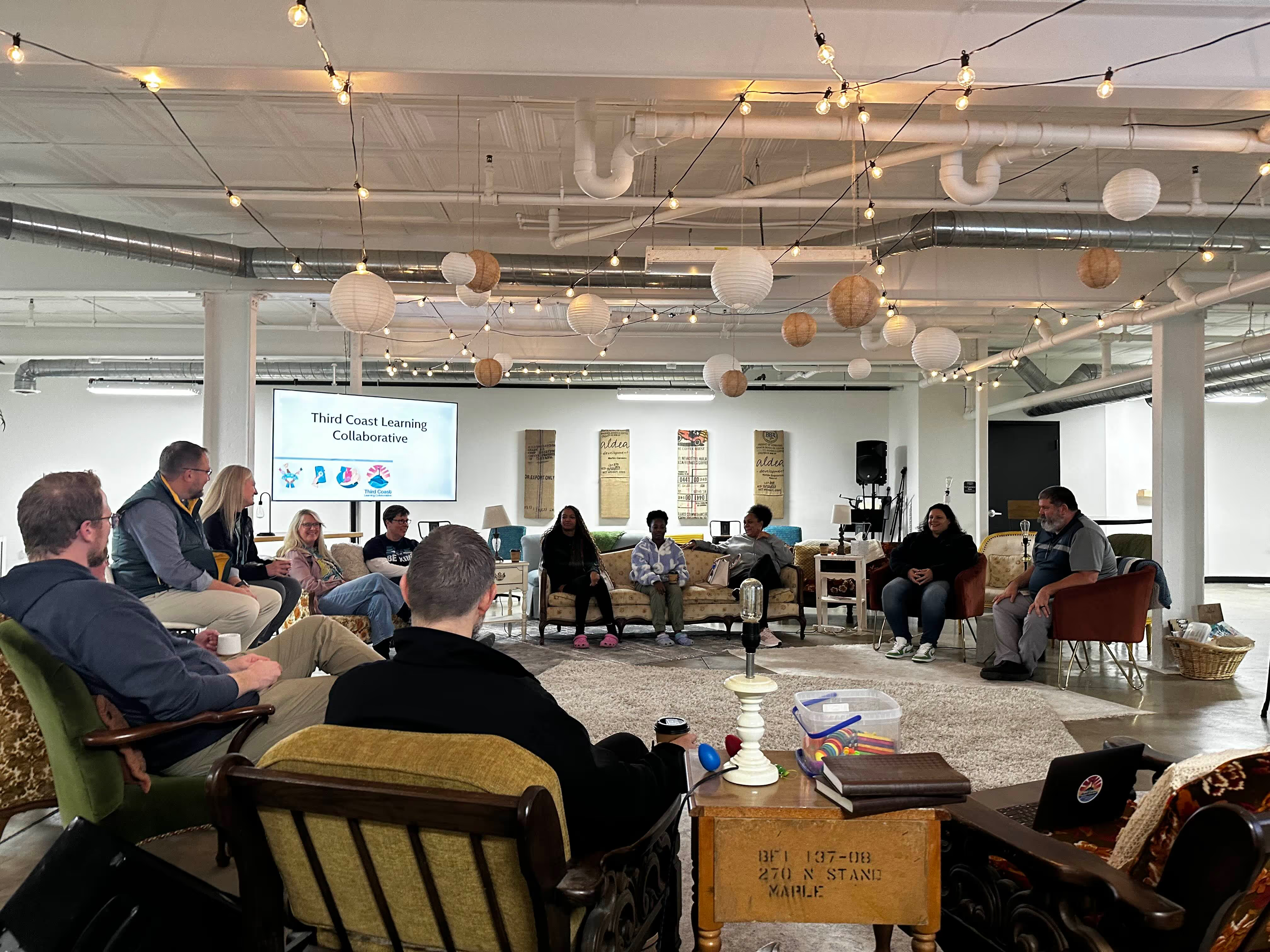
Check on our progress.
Read our annual report.